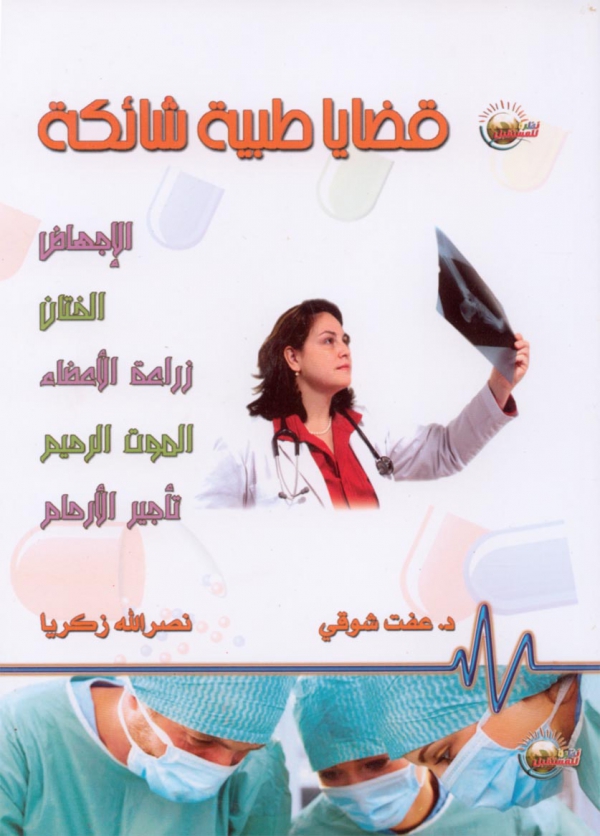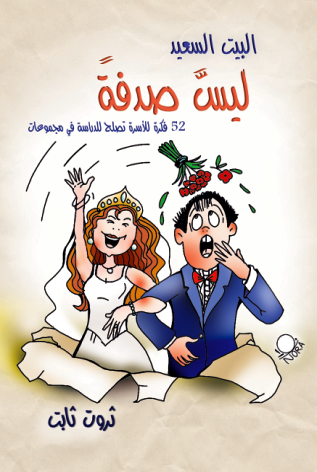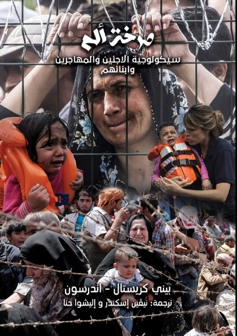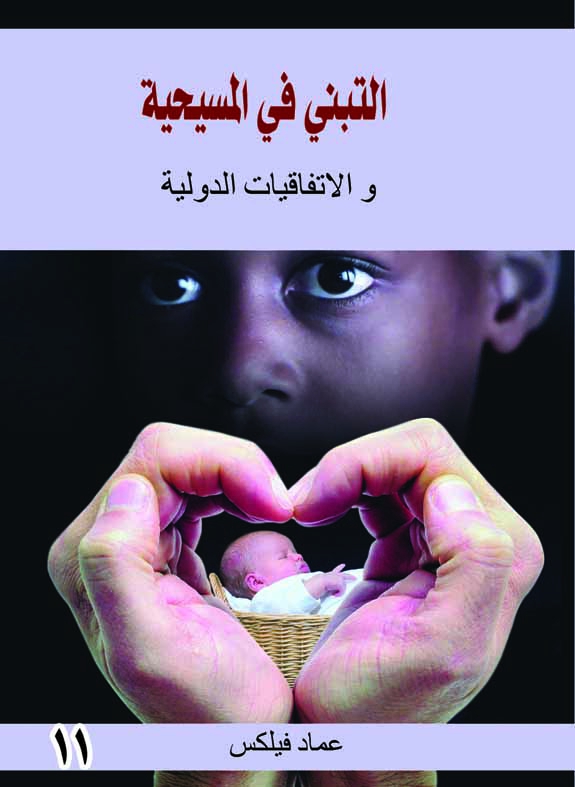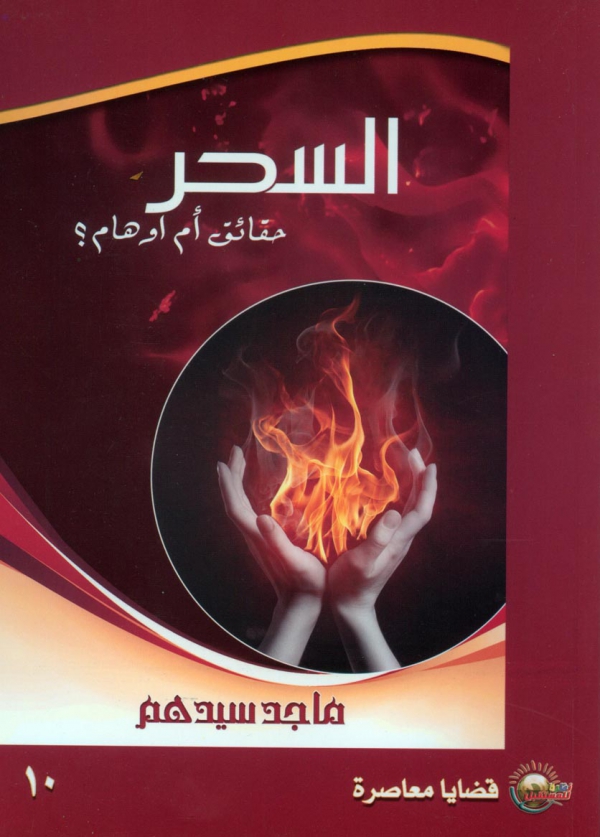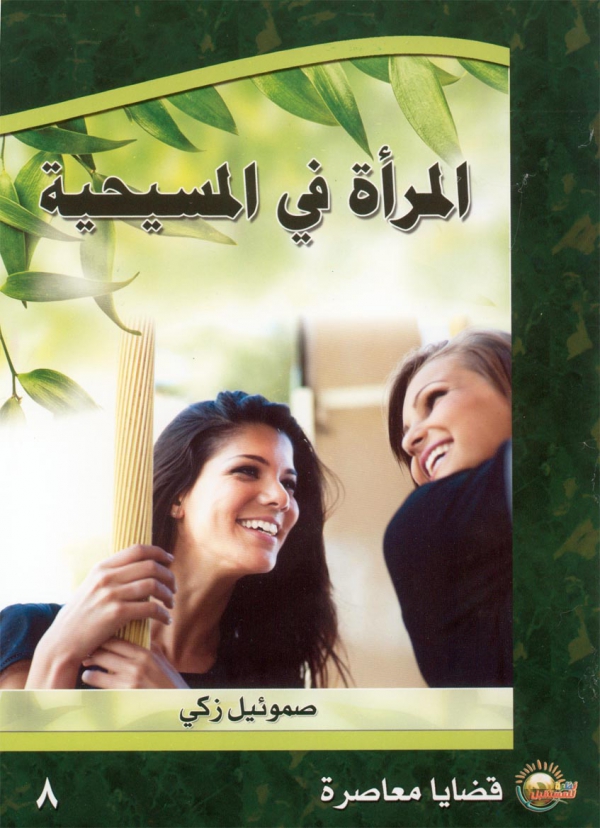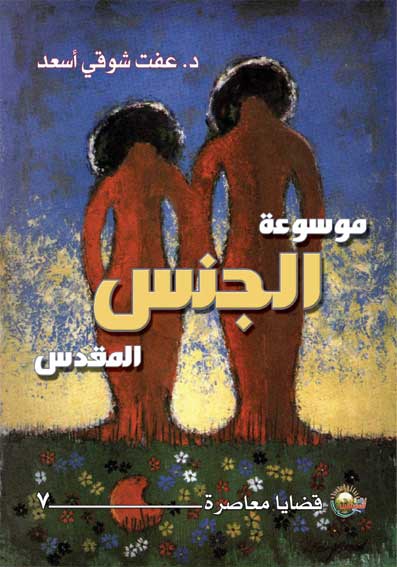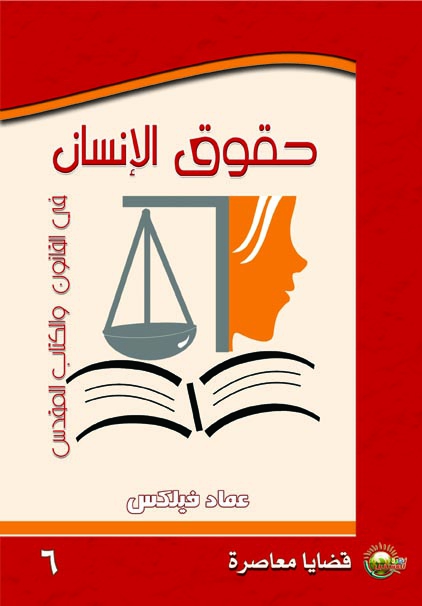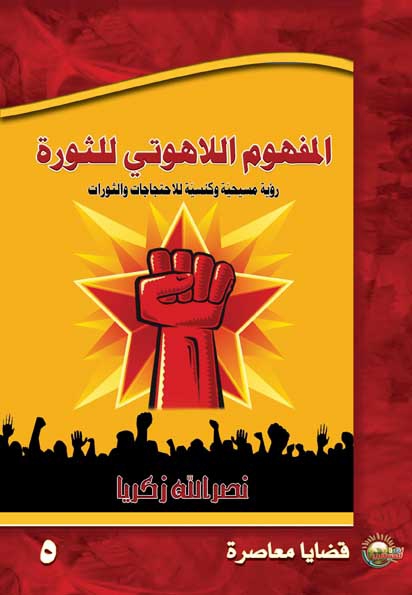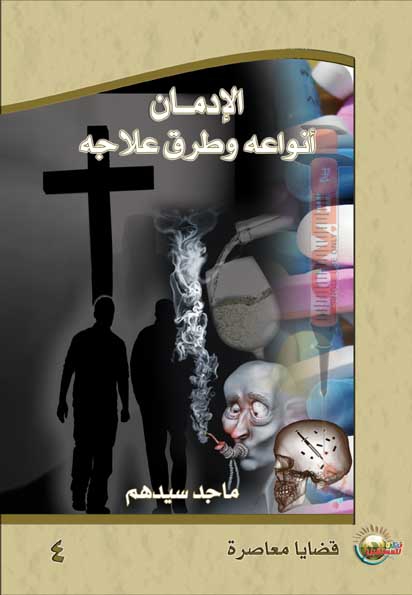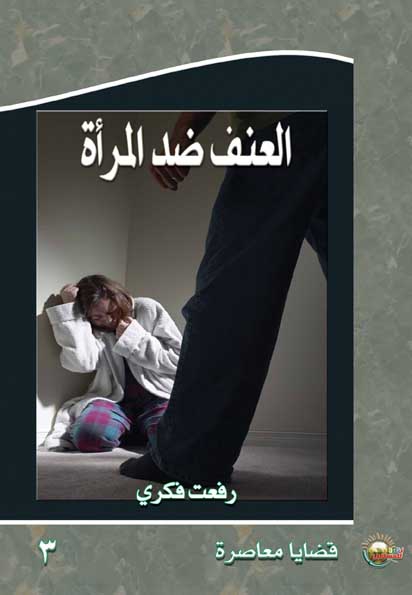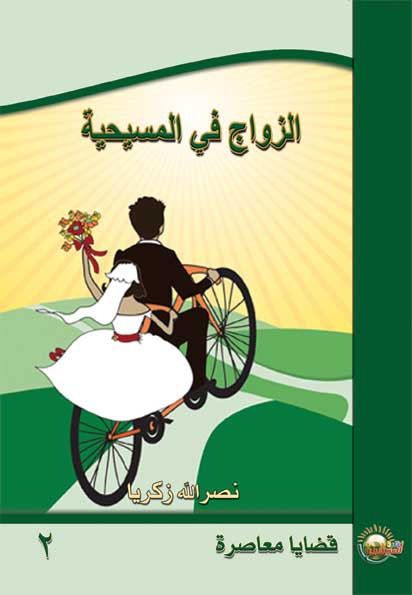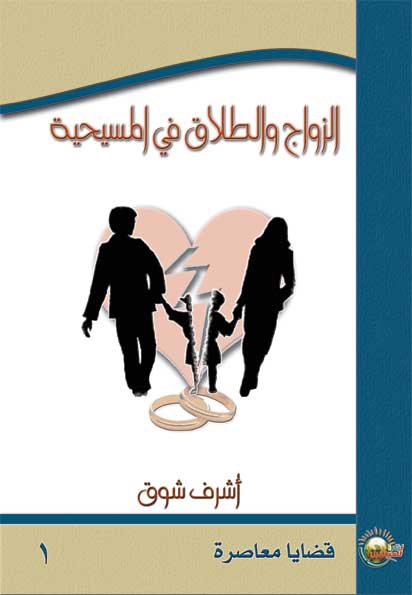Contemporary Issues
The Bible touches on every aspect of our spiritual lives and on our relationships with God. Furthermore, it does not ignore the difficult issues we face in our contemporary lives. It is a book for all times. When we face an issue, we find that the biblical perspective's thinking about it is clarifying. This series deals with contemporary issues (such as divorce, abortion, death and addiction) from a biblical perspective.
Controversial Medical Issues
Author: Dr. Effat Shawki & Nasrallah Zakaria
Publisher: Vision For Future
This book is an attempt to create compatibility between science and law in the fields of medical ethics, and to reflect on culturally inherited religious and societal norms, together with traditions. The authors are committed to being impartial, to presenting scientific facts alongside of Christian and Islamic concepts of faith; with equitable endorsements and quotes from key figures such as Pope Shenouda III, early desert fathers, Muslim leaders such as the Grand Sheikh of Al Azhar, and secular and Islamic leaders and thinkers. We have taken this approach, to follow the standard of international human rights, and to present widely accepted concepts and objective laws within each topic.
Alongside of objectivity, we are committed to the Christian perspective, which emphasizes human rights and dignity, because we are created in God's image to know Him and to serve Him by serving each other. We are agents of God on earth. Therefore we must care about being role models for people afar; and windows through which the world sees the person of Christ.
With these as our context and disclaimer, our curriculum is composed of the following thorny issues:
1. Female circumcision (female genital mutilation)
2. Abortion
3. Surrogacy
4. Organ transplantation
5. Euthanasia
This book is written by Dr. Effat Shawki & Nasrallah Zakaria, and is the ninth book in the "Contemporary Issues" series of "Vision for the Future Publications" in 2012. It is about 190 pages of medium size.
1. Female Circumcision (FC) and Female Genital Mutilation (FGM)
The authors introduce FC as follows: Women make up half of society, as mothers, wives, daughters, and sisters. Out of concern for our women's causes, needs, and experiences, it is only right that we should care about the health challenges they face.
Female circumcision, known as the lawful form of Sunni circumcision, is the process of cutting the foreskin that covers the head of the clitoris.
In contrast, Pharaonic circumcision, or infibulation, differs completely from lawful FC. As such, it has been rightfully called female genital mutilation, and although it can be divided into four different types, all of these refer to the excision or removal of part of the female genital organ fully or partially.
FC and the further physical abuse of FGM among young women are placed within the rubric of "purity" in the Arabic language. Taking this stance, equating FC with symbols of purification and chastity, as opposed to uncleanness and filth, is, of course, a wrong concept, based on old traditions and prevailing customs.
Female circumcision is medically known as clitoridectomy/clitorectomy. FC is defined medically as the partial or total excision of the external genital female organ. Unfortunately this tradition is still practiced among about 80 to 90% of Egyptian females (both Christians and Muslims). The percentage decreases in higher educational and social levels (91% rural, 63% urban). Its percentage of supporters is up to 75%.
A Christian opinion about circumcision as conveyed by the authors:-
In Christianity, female circumcision is considered to be a crime or a grave sin, and perpetrators may be excommunicated for it. Perpetrators may include both those who carry out the operation and those who are a party to it: physicians, assistants, and parents. The pagan habit of FC is not religiously endorsed at all. There is no single verse in the Bible, whether in The Old Testament, or in The New Testament, which commands or recommends this practice. In contrast, male circumcision was a religious duty in Judaism that was revoked in Christianity, but remained an inherited practice and custom. There is no single reference to Female circumcision in the Bible.
It remains for us to say that FC is a harmful custom that does not protect girls from perversity, as some might imagine. Chastity begins from the heart, and purity is from the inside. Jesus said: "A good man brings good things out of the good stored up in him, and an evil man brings evil things out of the evil stored up in him." Matthew 12:35.
We must conclude that FC is a mutilation of the female body as created by God, and a masculine practice that expresses hegemonic masculinity over females. So Christianity categorically and decisively rejects this violent practice, occurring daily under the nose and the blessing of the community.
2. Abortion
Considering abortion, the book's authors admit to the very complicated nature of the debate, since this subject has theological, ethical, social, medical, legal, and personal dimensions. More than not, the subject touches one's private life, secrets, and considers an option, that, when taken, is inherently painful beyond description.
The idea of abortion addresses the intense inner struggle that exists, between wanting to get rid of an undesired fetus and one's faith in the sovereignty of God. It is concerned with a person's belief in God and their relationship with Him. No matter how early or at what stage of the embryo's formation, people are agreed that a fetus is a living human being. The important aspects addressed by the authors are a definition of abortion, the types of abortion, reasons why people resort to abortion, the willful methods of abortion, the place of abortion in legal terms, and abortion in relation to religious dogma.
3. Surrogacy
Arriving at the issue of surrogacy, the authors begin by positing that: Surrogacy is a modern scientific technique to overcome that particular kind of infertility which is caused by problems in the uterus, preventing the possibility of bearing a child in-utero. The actual technique involves taking the sperm of the man/"husband" and inseminating the oocyte of the original mother in a laboratory until the nucleus of the embryo is formed. This nucleus is then planted in the womb of a second woman, who has agreed to provide her womb (usually for pay) to couples who wish to have a child. Her role is that of the "surrogate mother or foster mother." Such a procedure, when it means an exchange of services and money, also involves a signed contract between the two parties. Less commonly, the surrogate mother may play her role without pay, as a volunteer. The role of the foster or surrogate other ends immediately after giving birth.
Within this introductory frame, the authors move on to address the following subjects: who benefits from surrogacy technology; invitro-fertilization and surrogacy between rejection and acceptance; and, jurisprudential and medical solutions around the issue of surrogacy.
4. Organ transplantation
Fourthly, the authors tackle the issue of organ transplantation. Included within the considerations of this issue are both the transfer of an organ from one person's body to another's, and the transfer of tissue from one patient's body to another ailing part of their own body. In each case, the transplant is done in order to replace damaged or totally absent organs or tissues. In addition to these techniques, regenerative medicine allows scientists and genetic engineers to attempt the reconstruction of organs from a patient's own cells (through the use of stem cells, and/or cells extracted from a failing organ). The transplant of organs or tissues within the body of the same person is called auto-graft. Organ transplant that is performed between two people of the same gender is called allograft. A transplant can be taken from a live source, or from brain-dead patients.
Organ transplantation raises many important ethical issues, including the definition of death, the timing of death, the donor's permission, and the question of financial compensation for transplanted organs. Another ethical problem is transplant-motivated tourism. Perhaps the broadest ethical issue related to this is the socio-economic context in which transplants take place.
A very specific inter-cultural problem with its origins in transplantation is that of organ trafficking, with the following related topics: the types of organ transplants; reasons for organ donation and all the ethical issues associated with this process; the meaning of brain death, and its signs; and in the Egyptian context, the features of organ transplant law.
5. Euthanasia
The authors conclude their study by examining the issue of euthanasia, considering the following elements: reasons upon which advocates of euthanasia have built their claim; different classifications of euthanasia; the Islamic and Christian positions regarding this issue; the views of doctors on euthanasia; and the reasons for why euthanasia seems to be spreading.
